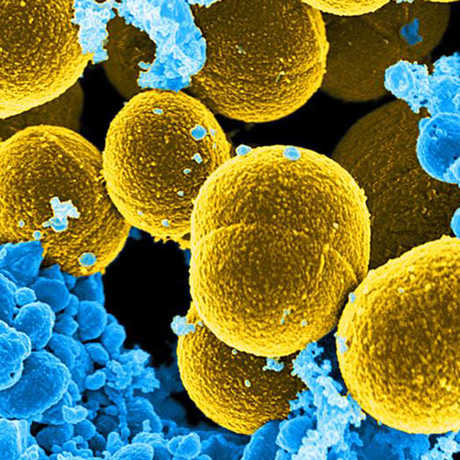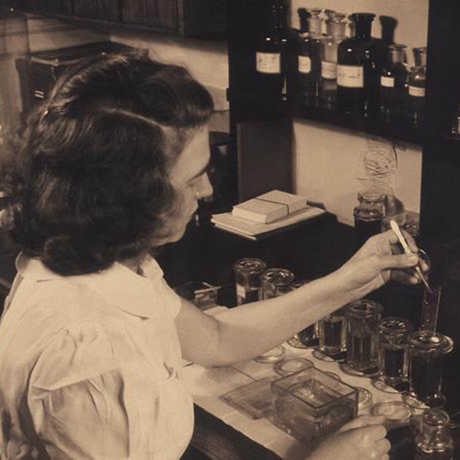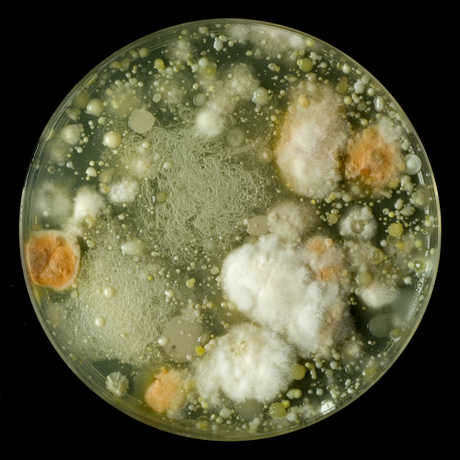While individual microbes are too small to see without a microscope, we can directly view bacterial colonies—clumps of many individual clones of one original bacteria cell—by growing them in petri dishes.
What can we learn by cultivating the bacteria living on our skin?
In this activity, adapted from the FDA, your students can cultivate the bacteria residing on their own skin. This Student Handout explains how to grow bacteria on a petri dish and prompts students to think critically about what they are investigating and why. In order to make this investigation more student-centered, present the above question to your students, and have them come up with their own research question that they can answer by growing bacteria swabbed from their skin in petri dishes. Different groups can come up with different questions, or you can decide as a class on the same research question and combine each group's data into a class dataset that can be analyzed. Here are some examples of research questions:
- Is the bacteria living on the palms of our hands different from the bacteria living on the backs of our hands?
- Does the diversity of bacteria living on our skin vary from person to person?
Before students begin their experiments, ask them to figure out what kinds of observations they will need to make to answer their research question (tables of bacterial colony counts, sketches, written observations, etc.).
Make sure your students understand and follow proper lab safety procedures and that all petri dishes are properly and carefully disposed of at the end of the investigations.
Photo credit: Alpha Tauri



